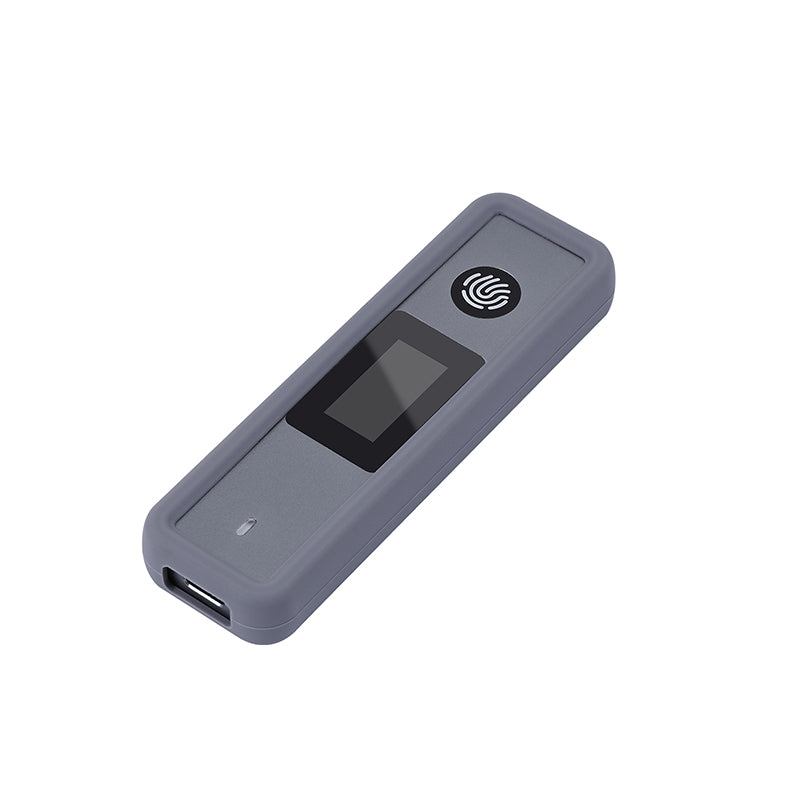
Share
How Do I Choose the Best USB to Ethernet Adapter for My Needs?
Whether you're dealing with weak Wi-Fi, upgrading your home office, or connecting a device without an Ethernet port, a USB to Ethernet adapter can be a game-changer. But with so many options on the market—USB 2.0, USB 3.0, USB-C, Thunderbolt—how do you know which one is right for you?
In this guide, we’ll walk you through the key features to consider when selecting the best USB to Ethernet adapter for your specific needs.
1. Know Your Port: USB-A vs USB-C vs Thunderbolt
Start by identifying the type of USB port on your device.
-
USB-A (Traditional Rectangle): Most older laptops and desktops. If your device only has USB-A, you’ll need an adapter compatible with USB 3.0 (or 2.0, but expect slower speeds).
-
USB-C (Oval-shaped): Found on most modern laptops, tablets, and smartphones. Opt for a USB-C adapter with Gigabit support.
-
Thunderbolt 3/4: These ports look like USB-C but offer higher bandwidth. While Thunderbolt adapters are backward compatible with USB-C, they can offer better performance on supported devices.
✅ Tip: Check your device’s specs to confirm which ports are available.
2. Speed Matters: Fast Ethernet vs Gigabit vs 2.5G
Ethernet speed determines how fast data moves between your device and the network.
-
Fast Ethernet (100 Mbps): Outdated. Avoid unless your internet speed is below 100 Mbps.
-
Gigabit Ethernet (1 Gbps): Ideal for most users—fast, reliable, and affordable.
-
2.5G or 10G Ethernet: Great for high-speed networks or professional use (e.g., NAS, 4K video editing). Be sure your device and router support these speeds.
✅ Recommendation: For general use, a USB 3.0 or USB-C adapter with Gigabit Ethernet is the sweet spot.
3. OS Compatibility: Plug-and-Play vs Driver Installation
Not all adapters work out of the box. Some require drivers—especially on older Windows or macOS versions.
-
Plug-and-Play: Most USB 3.0 and USB-C adapters work instantly with Windows 10+, macOS, and Linux.
-
Driver Required: If you're using Windows 7 or specific chipsets (like Realtek), you might need to download drivers manually.
✅ Check the product listing or manufacturer's website to verify OS compatibility.
4. Use Case: Office, Travel, Gaming, or IoT
Your intended use can impact the features you need:
-
Home Office or Remote Work: Look for a stable, Gigabit adapter with good build quality and long cable reach.
-
Gaming: Low-latency and consistent speed are crucial. USB 3.0 or USB-C with Gigabit is a must.
-
Travel: Opt for compact, lightweight designs. Foldable or integrated cables are a plus.
-
Smart Devices/IoT: For Raspberry Pi, Android boxes, or smart TVs, ensure Linux/Android support and low power draw.
✅ Pro tip: If you're on the go often, choose an adapter with an aluminum shell for durability.
5. Build Quality & Chipset
Behind the scenes, the chipset determines speed, stability, and power efficiency.
-
Top chipsets: Realtek RTL8153 or ASIX AX88179 are widely used for reliable performance.
-
Avoid no-name chipsets: They may suffer from overheating, driver issues, or poor compatibility.
Also, look for:
-
Braided or reinforced cables
-
Solid connector housing (aluminum or hard plastic)
-
LED indicators for link/activity status
✅ A high-quality chipset and solid build mean fewer headaches in the long run.
What You Get
Choosing the right USB to Ethernet adapter comes down to knowing your port type, desired speed, OS, and use case. For most users, a USB 3.0 or USB-C to Gigabit Ethernet adapter from a trusted brand will check all the boxes—offering stable, high-speed connectivity for work, streaming, or gaming.
Still unsure? Check out our in-depth comparison of the best USB to Ethernet adapters for 2025:
Best USB to Ethernet Adapters in 2025 (Tested & Compared)

